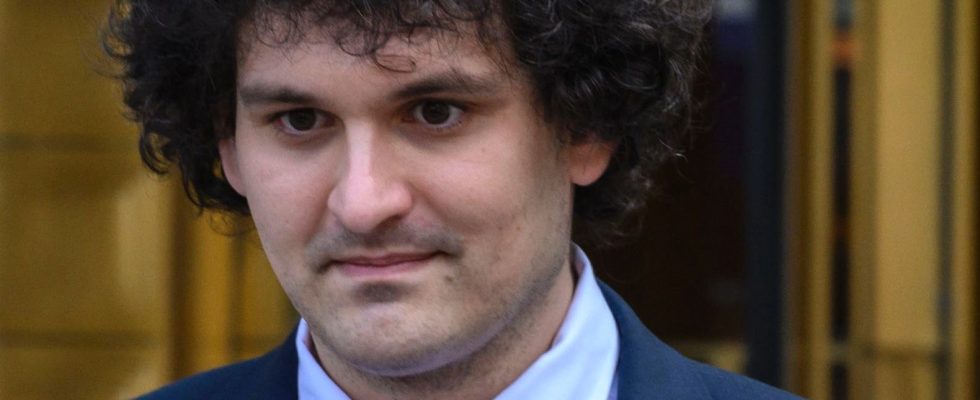A great unpacking of the craziest excesses of the cryptocurrency bubble. This is what the release of Going Infinitenew book by Michael Lewis, the author of the brilliant Big Shorts, about the short but intense career of Sam Bankman-Fried at the time his trial begins. To resituate the chronology of events, in 2017, Sam Bankman-Fried left the hedge fund who recruited him after his studies and created Alameda Research, an algorithmic trading company on a growing asset class, cryptocurrencies. The beginnings are chaotic, the company loses a lot of money.
A large part of the team leaves the ship, having lost confidence in its founder, but quickly Alameda finds the martingale with an arbitrage algorithm generating several million profits per month. Things are happening at breakneck speed between record fundraising, the opening of the FTX exchange platform in 2019, and the creation of an investment fund in crypto projects worth more than $2 billion. The biggest celebrities and athletes provide the promotion. Miami’s basketball arena is renamed in the name of FTX, which also sponsors the city’s F1 race. Massive financial support is given to various political candidates… The cryptocurrency debacle nevertheless ends up exposing the reality of an empire that looks like fraud.
What is disturbing in this story is the role of an obscure philosophical current, effective altruism, as Sam Bankman-Fried’s primary motivation. The man has never had a passion for the subject of cryptocurrencies, unlike certain champions of the virtues of technological decentralization. No, from the start – and this has been corroborated by multiple testimonies from Alameda’s first employees – the goal was to make as much money as possible… in order to give it away. Utility is measured by the number of lives saved or improved.
Born from the work of Peter Singer in the 1970s, this movement owes its name to Oxford philosophers, including the Scot William MacAskill. At the turn of the 2010s, during visits to the best American campuses, they invited students to think about their impact on society by evaluating the number of lives they could save, throughout the 80,000 hours that their training should last. career, if they donate the money earned instead of keeping or spending it. The term itself was coined in 2011 and Peter Singer took it up again in 2013.
The club of effective altruists
Sam Bankman-Fried was thus able to leave his lucrative job for a crazy plan in 2017, in order to try to earn even more money, because he had no material attachment. He liked to say that he lived in his used car and slept in the office. Caroline Ellison, who had followed the same mathematics studies and discovered effective altruism at university, followed him a few months later, also wanting to maximize its value. In Alameda, Sam Bankman-Fried had recruited about twenty efficient altruists, mostly in their twenties, all but one with no experience trading the financial markets. By surfing his network among successful Silicon Valley entrepreneurs who adhered to effective altruism, he managed to raise nearly 170 million dollars on behalf of Alameda, proof of the financial power of the members of this movement.
If the cryptocurrency bubble has exploded, effective altruism has hardly been splashed. The Center for Effective Altruism had received $14 million in donations from Sam Bankman-Fried, but MacAskill immediately emphasized that producing positive results does not justify violating rights or sacrificing integrity. And effective altruism has found a formidable source of growth in artificial intelligence. Organizations such as Eliezer Yudkowsky’s Machine Intelligence Research Institute which study existential risk such as the development of artificial super intelligence have, for a long time, been financed by philanthropic movements openly claiming to be part of this movement, like Open Philanthropy. While waiting for their eschatological vision of artificial intelligence to be realized, this group functions as a club in which members help each other or do business together.
